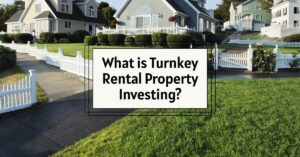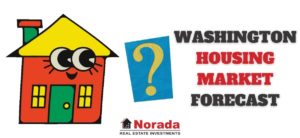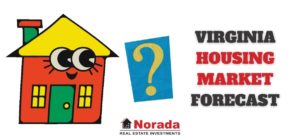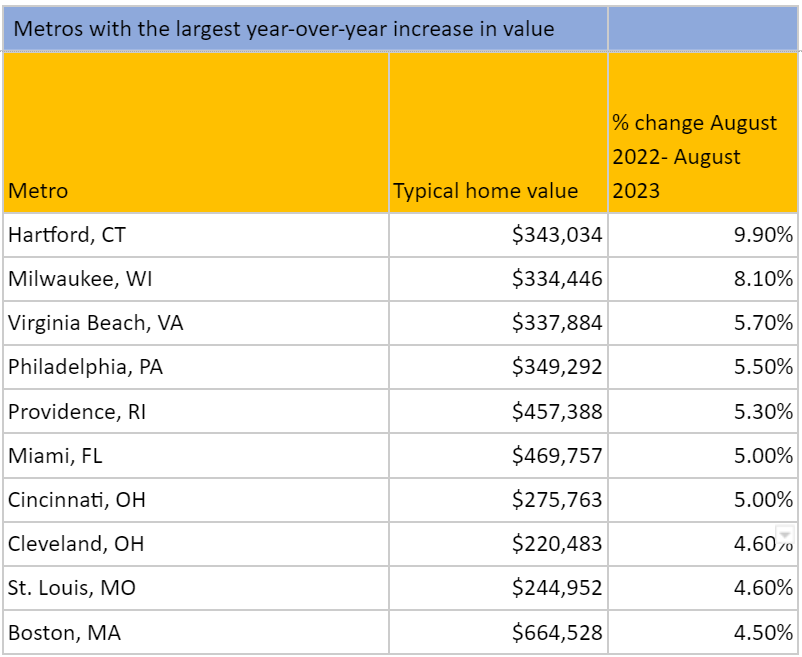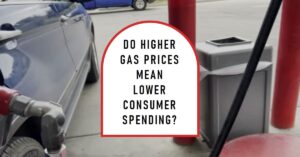If you're considering buying a typical starter home in Seattle, prepare to earn a substantial income—it requires a whopping $178,332 annually. This reflects increased challenges for buyers as the housing market in Seattle becomes more competitive and prices continue to rise.
The latest data reveals that, despite a recent dip in mortgage rates, affordability remains a significant hurdle for many prospective homeowners. In this blog post, we'll dive deeper into the current housing situation in Seattle, analyzing home prices, mortgage rates, and what this all means for first-time buyers.
Seattle's Housing Market: $178K Income Needed for a Starter Home
Key Takeaways
- High Income Requirement: A minimum annual income of $178,332 is needed to afford a starter home.
- Rising Home Prices: The typical starter home price has surged to $564,450, up 4.5% from last year.
- Mortgage Rates: Despite a drop in mortgage rates from 7.07% to 6.08%, affordability challenges persist.
- Income vs. Home Price: Buyers will spend 42.4% of their income, exceeding the recommended 30% threshold for housing costs.
- Market Trends: Nationally, the income required for a starter home has slightly decreased, but Seattle's market remains challenging.
The Current Housing Market in Seattle
The Seattle housing market has always been known for its high prices and competitive nature. A recent report from Redfin highlights that the income needed to buy a starter home in Seattle is pegged at $178,332 per year. This figure showcases just how tough it is for new buyers to find affordable housing in the area. Even as mortgage rates fall to their lowest this year, the typical starter home price has risen, making it a daunting task for many.
The report reveals that the average price of a typical starter home in Seattle is now $564,450, which is up by 4.5% from the previous year. Contrast this with the fact that many buyers are only seeing limited income growth, and it's clear why many individuals and families feel locked out of the market. As home prices have increased considerably—up 51.1% since 2019—the earnings required to comfortably afford these homes have followed suit.
A household earning $178,332 would, alarmingly, need to allocate 42.4% of their income solely towards housing, significantly above the advisable 30% of gross income. This situation is not simply a local issue; it reflects a wider trend in housing affordability across the nation where, according to recent data, buyers are contending with similar challenges.
The Mortgage Rate Landscape
Interestingly, mortgage rates have recently declined, offering a glimmer of hope to prospective homebuyers. Currently, mortgage rates are hovering around 6.08%, a reduction from the previous year’s rate of 7.07%. This drop marks the lowest rate this year and is significant as it may potentially increase the number of people who are able to afford a mortgage.
However, despite lower mortgage rates, the general trend of rising home prices has overshadowed any short-term benefits that might come from reduced borrowing costs. While it's true that lower rates can make monthly payments more manageable, the overall price of homes continues to escalate, leaving buyers grappling with affordability concerns.
My Take
The current state of Seattle's housing market is particularly alarming. With such high income requirements, it feels increasingly impossible for average families to achieve homeownership. The gap between income growth and home prices creates a daunting hurdle that needs to be addressed.
Comparison with National Trends
On a broader scale, the challenges faced by Seattle’s homebuyers resonate nationally. As reported, the national income requirement to buy a typical starter home has seen a slight decrease to $76,995, a 0.4% drop compared to last year. This is the first annual decline since 2020, hinting at some potential easing in the market. However, this decline does not alleviate the heavy burdens many markets, including Seattle, are grappling with.
In fact, starter homes in Seattle remain vastly less affordable compared to pre-pandemic levels. In 2019, the typical household in the city earned 57% more than was necessary to afford a starter home, highlighting how drastically the landscape has shifted in just a few years.
Nationally, the affordability situation seems dire; buyers are facing a significant challenge to obtain even the simplest starter homes, with competition pushing prices into unrealistically high territories. Notably, there are metro areas, primarily in Texas and Florida, where the affordability situation has improved, contrasting sharply with Seattle's ongoing struggles.
Housing Market Outlook for Seattle
The prospects for Seattle's housing market are cautious at best. Redfin warns that the typical starter home affordability may not see much improvement soon, as prices tend to trend upwards over time while mortgage rate reductions have likely already been absorbed by the current housing dynamics.
The competition in the housing market isn’t only between first-time buyers but also includes older and wealthier buyers who often have far more capital to spend. This has only added to the squeeze on affordability for those just looking to get their foot in the door of homeownership.
Even with a slight improvement in the overall housing inventory, which recently hit a post-pandemic high, the demand remains strong. Homes in Seattle city limits typically sell within 21 days, compared to 14 days last year, indicating a rapid turnover that keeps prices high. For many, the dream of owning a home in Seattle appears more a distant fantasy than an achievable reality.
Final Thoughts
Navigating the Seattle housing market as a potential buyer can be exceedingly complex, especially for first-time buyers. The stark disparity between income growth and skyrocketing home prices presents a critical challenge. With a required annual income of $178,332 to afford a typical starter home, many potential homeowners find themselves at a crossroads, caught between rising prices and stagnant wage growth.
Recommended Read:
- Seattle Housing Market Predictions for Next 5 Years
- Seattle Housing Market Forecast 2025: What to Expect
- Seattle Housing Market: Prices, Trends, Predictions
- Seattle Housing Market: Prices Sizzle, Ranking Among Nation’s Hottest
- Seattle Real Estate Investment: Is it a Good Place to Invest?
- The Hottest Housing Markets in Seattle Area (2024)



